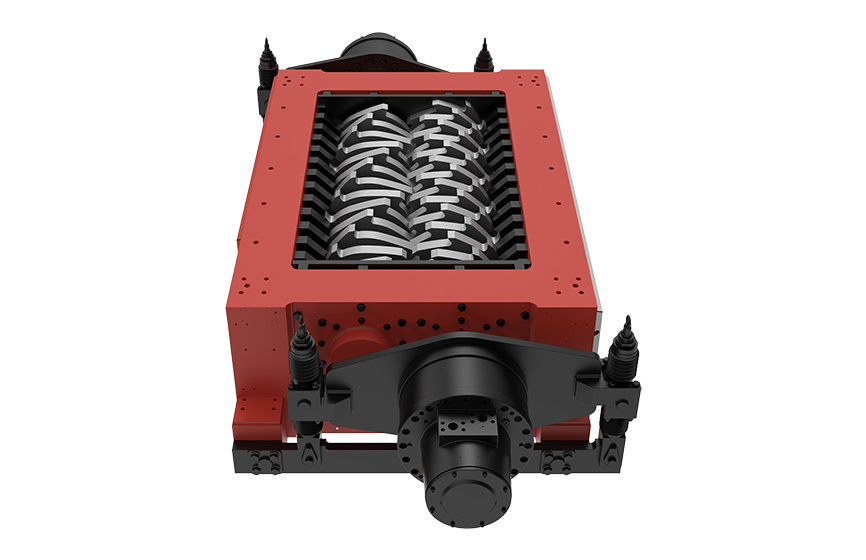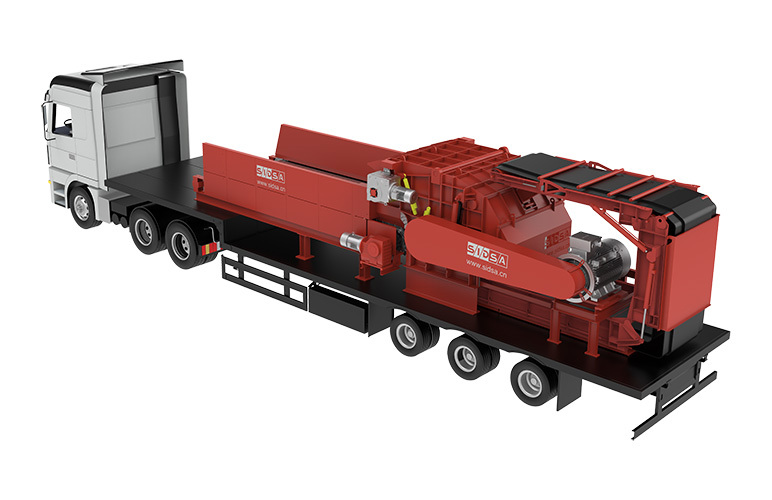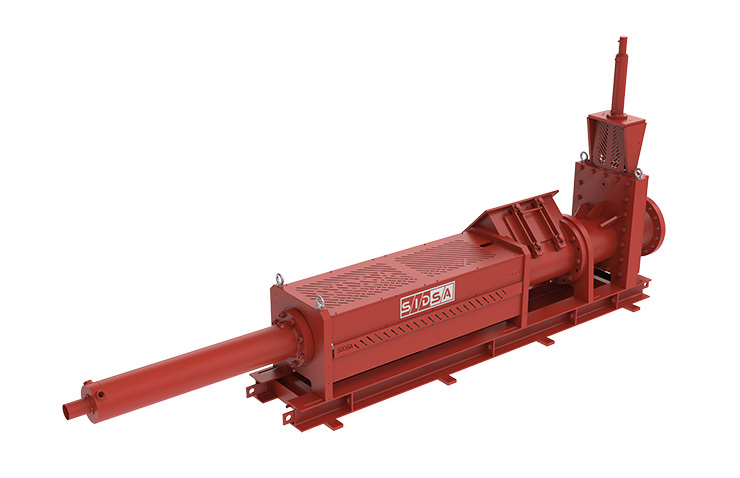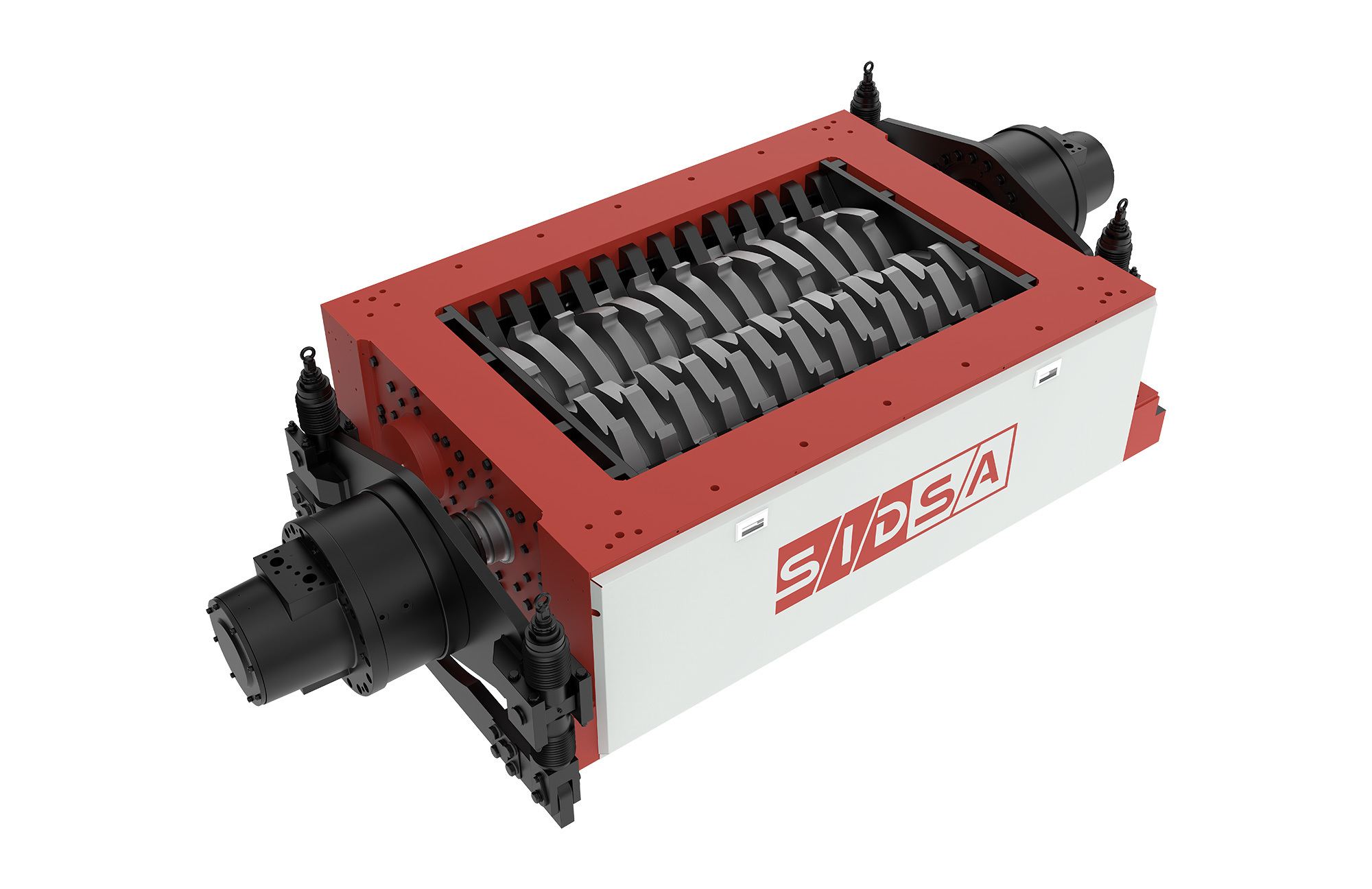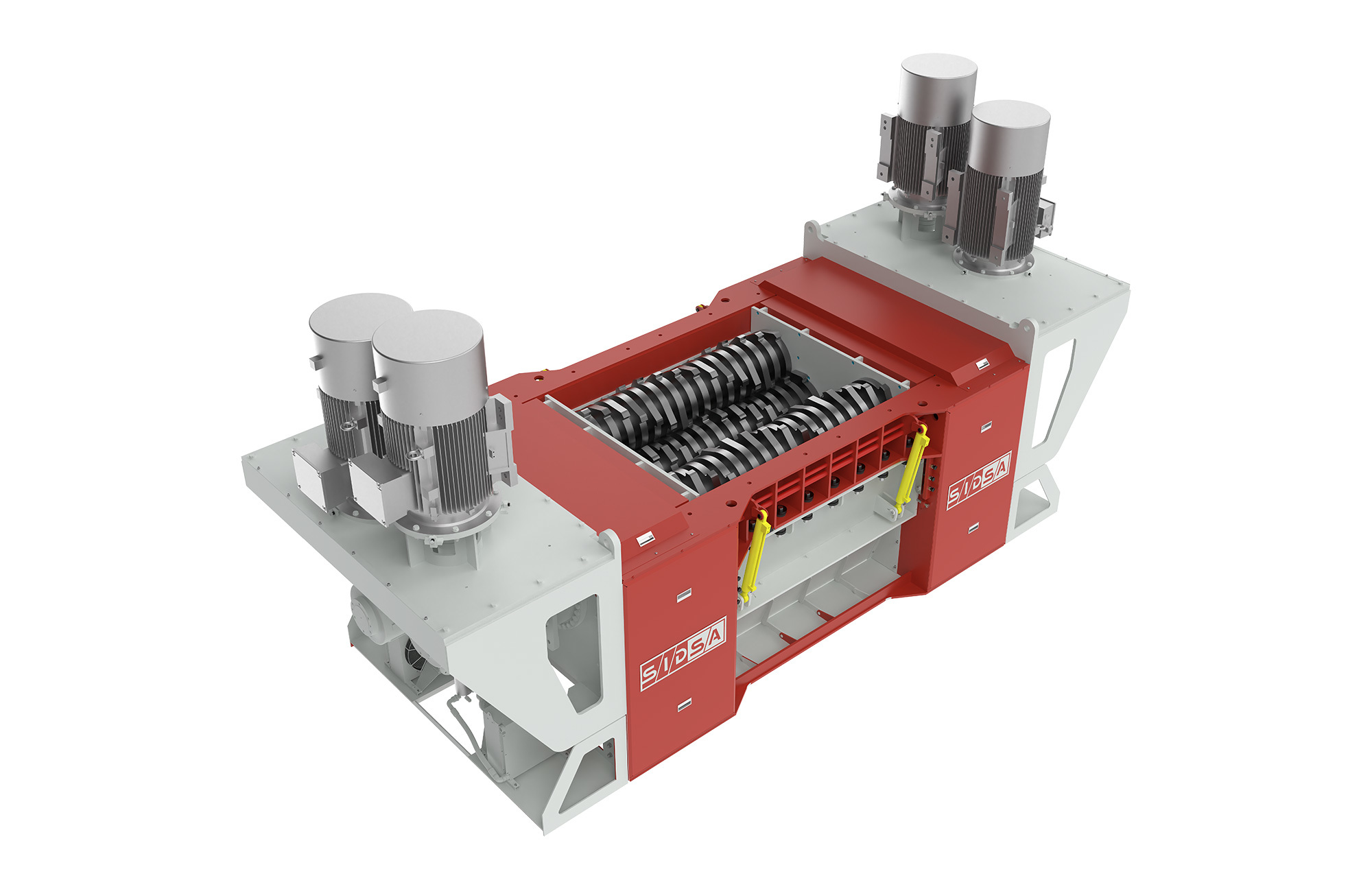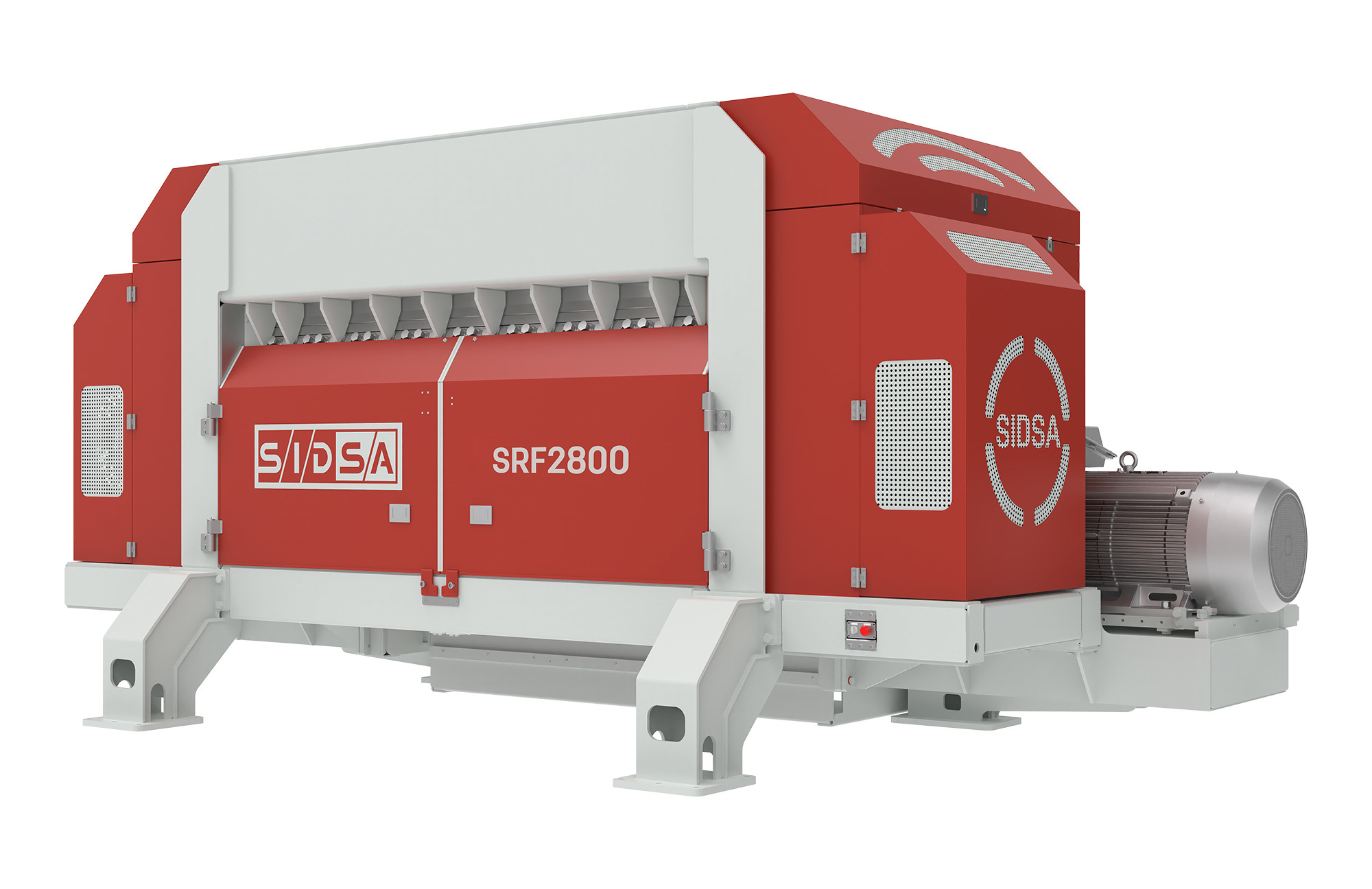Mastering Waste Management with a Primary Shredder for RDF Plants
Release Time:
May 10,2025
Mastering Waste Management with a Primary Shredder for RDF Plants
In the realm of waste management, especially within Refuse-Derived Fuel (RDF) plants, efficiency and sustainability are paramount. The role of a primary shredder in this context cannot be understated. This article will delve into the critical aspects of using primary shredders in RDF facilities, examining their functions, benefits, and best practices to optimize waste processing.
Table of Contents
- 1. Introduction to RDF and Waste Management
- 2. What is a Primary Shredder?
- 3. Importance of Primary Shredders in RDF Plants
- 4. Types of Primary Shredders
- 5. How Primary Shredders Work
- 6. Benefits of Using Primary Shredders in RDF Processing
- 7. Best Practices for Operating Primary Shredders
- 8. Future Trends in Waste Management and Shredding Technology
- 9. FAQs about Primary Shredders for RDF Plants
- 10. Conclusion
1. Introduction to RDF and Waste Management
The increasing need for sustainable waste management practices is driving innovation in the industry. RDF plants play a crucial role in converting waste materials into valuable energy sources, thereby reducing landfill dependency. Understanding the mechanics of waste processing and the tools involved is essential for maximizing efficiency.
2. What is a Primary Shredder?
A primary shredder is a powerful machine designed to reduce the size of waste materials before they undergo further processing. In RDF plants, this equipment is vital for breaking down various materials, including plastics, textiles, and organic waste into manageable sizes. By facilitating the initial phase of waste processing, primary shredders enhance the efficiency of subsequent operations.
3. Importance of Primary Shredders in RDF Plants
The significance of primary shredders in RDF plants extends beyond size reduction. They contribute to the overall effectiveness of the waste management process by:
- Enhancing Material Homogeneity: Shredders ensure that the waste materials are uniform in size, which is crucial for efficient combustion and energy recovery.
- Reducing Processing Costs: By minimizing the size of waste, primary shredders lower transport and handling costs.
- Improving Safety: Smaller, more manageable waste pieces can be handled more safely, reducing operational hazards.
4. Types of Primary Shredders
Choosing the right type of primary shredder is essential for optimizing waste processing in RDF plants. The most common types include:
4.1 Single Shaft Shredders
Single shaft shredders utilize a single rotating blade to slice through materials. They are known for their simplicity, efficiency, and ability to handle a wide variety of waste types.
4.2 Double Shaft Shredders
Double shaft shredders come equipped with two rotating shafts, which provide greater torque and allow for the processing of tougher materials. They are particularly effective for mixed waste streams.
4.3 Horizontal Shredders
Horizontal shredders operate with a horizontal orientation, making them suitable for high-throughput operations. They excel in continuous feeding processes and are ideal for RDF plants focusing on large volumes of waste.
5. How Primary Shredders Work
The operational mechanics of primary shredders involve several critical steps:
- Feed Mechanism: Waste materials are fed into the shredder, either manually or via conveyor systems.
- Shredding Process: The shredder's blades rotate, cutting through the materials and reducing their size. The design of the blades determines the final particle size.
- Material Discharge: Once shredded, the materials are discharged from the machine, ready for further processing or recycling.
6. Benefits of Using Primary Shredders in RDF Processing
Employing primary shredders in RDF plants offers numerous advantages, including:
- Increased Efficiency: Primary shredders enhance the efficiency of the entire waste-to-energy process, leading to more effective resource recovery.
- Customizable Output: Operators can adjust the settings of shredders to achieve desired particle sizes, catering to specific processing needs.
- Minimization of Landfill Waste: By converting waste into RDF, these machines help reduce the volume of materials sent to landfills.
7. Best Practices for Operating Primary Shredders
To maximize the performance of primary shredders, operators should adhere to best practices, including:
- Regular Maintenance: Routine checks and maintenance keep shredders in optimal working condition, preventing downtime and costly repairs.
- Operator Training: Well-trained operators understand the nuances of the machinery, leading to improved safety and efficiency.
- Monitoring Output: Keeping track of output quality and consistency can help in making necessary adjustments to the shredding process.
8. Future Trends in Waste Management and Shredding Technology
The waste management industry is continually evolving, with technology playing a significant role in its transformation. Some future trends to watch include:
- Automation and AI: The integration of artificial intelligence in shredding operations will enhance efficiency and reduce human error.
- Sustainability Initiatives: As the focus on sustainability grows, RDF plants will increasingly adopt eco-friendly practices, including energy-efficient shredders.
- Advanced Materials Processing: Innovations in shredder design will allow for more effective processing of complex waste streams.
9. FAQs about Primary Shredders for RDF Plants
What types of materials can be processed by primary shredders in RDF plants?
Primary shredders can process a wide range of materials, including plastics, organic waste, textiles, and mixed waste streams.
How do I choose the right shredder for my RDF plant?
Consider factors such as the type of materials you will process, the desired particle size, and your plant's throughput requirements when selecting a shredder.
What is the average lifespan of a primary shredder?
With proper maintenance, primary shredders can last anywhere from 10 to 15 years, depending on usage and operating conditions.
Are there specific safety measures to follow when operating a primary shredder?
Yes, operators should wear appropriate personal protective equipment (PPE) and follow established safety protocols to prevent accidents and injuries.
Can primary shredders be used for recycling purposes?
Absolutely! Primary shredders are essential in recycling processes, breaking down materials to prepare them for further processing and recovery.
10. Conclusion
The importance of primary shredders in RDF plants cannot be overlooked. They serve as a cornerstone for efficient waste management, transforming potentially hazardous waste into valuable energy resources. By understanding the different types of shredders, their operational mechanics, and best practices for use, RDF facilities can significantly enhance their waste processing capabilities. As the industry continues to evolve, embracing advanced technologies and sustainable practices will be key to achieving long-term success in waste management.
What Else Might You Learn?
SIDSA focuses on technological research and innovation in the field of waste pretreatment
Product
SIDSA focuses on technological research and innovation in the field of waste pretreatment






